Tim Pilbeam heads to the famous Mamima Jakt in Sweden to learn how they train the brave boar hunting dogs, and then heads out boar hunting himself with a Sauer 303
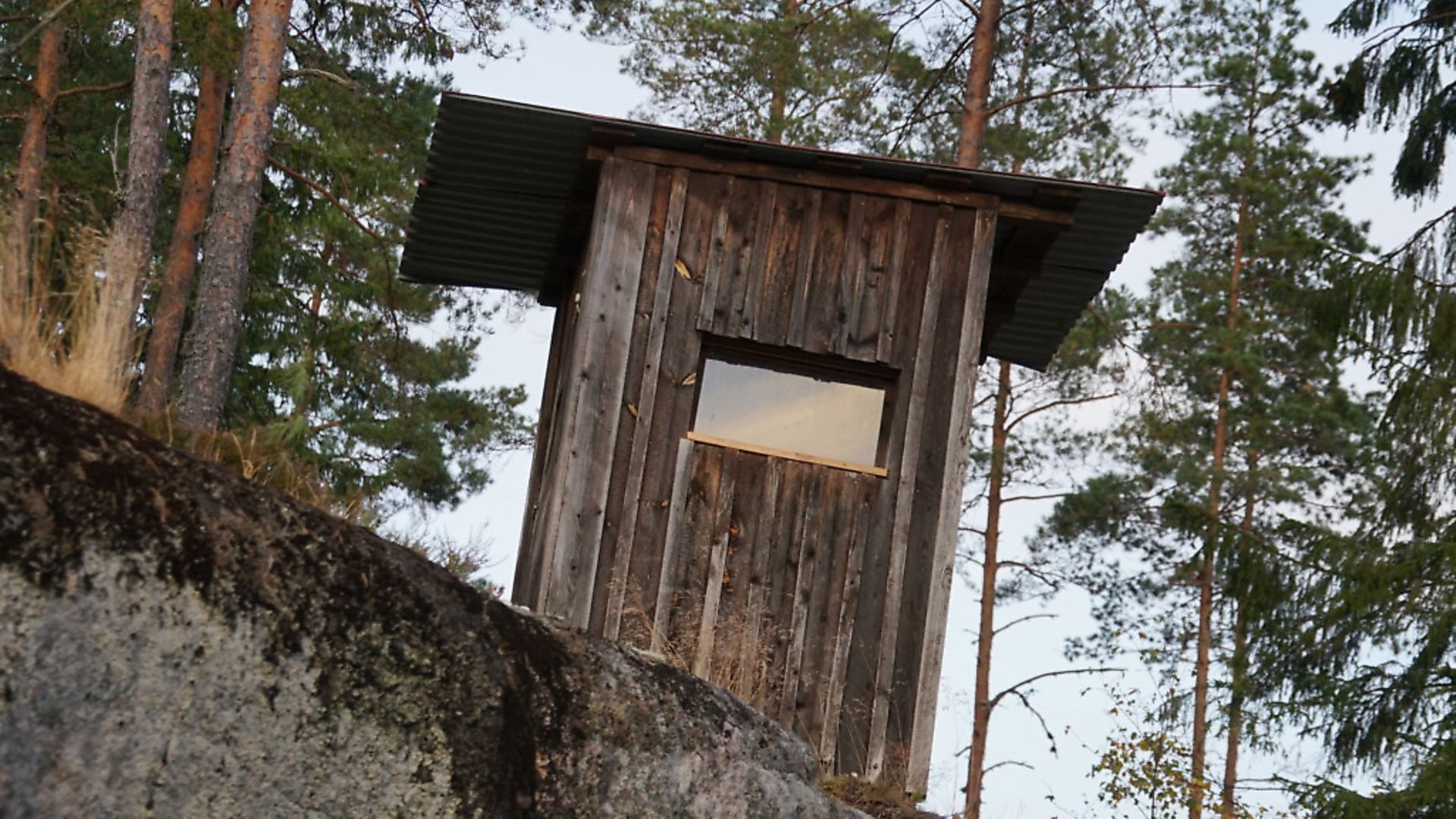 credit: Archant
credit: Archant
After a five-minute wait, we hear the dog barking. “Okay, Molle has found a boar. She is 150m away to the west on the top of that rocky piece of ground in front of us. Time to go.”
Without any delay my guide and host, Lars, strides off with purpose. I feel my pulse rising a little in anticipation of what lies ahead. As the dog is wearing a GPS transmitter, Lars looks at his handheld receiver every five minutes to check we are on the right track. We quietly scramble up the 20m-high outcrop, covered in short native pine trees. At the same time I notice the barking is now a consistent rhythm, indicating that she is baying the boar. My heartbeat rises to another level.
Lars slows down and motions me to make ready my Sauer 303 semi-auto. Suddenly, the monotonous barking transforms into a high-pitched yelp, as we see the dog bolting out from the thick cover followed by a very angry boar. The hunter is now the hunted but, more concerning, they are both heading in our direction. Is it true that boar charge humans? What the hell do we do?!
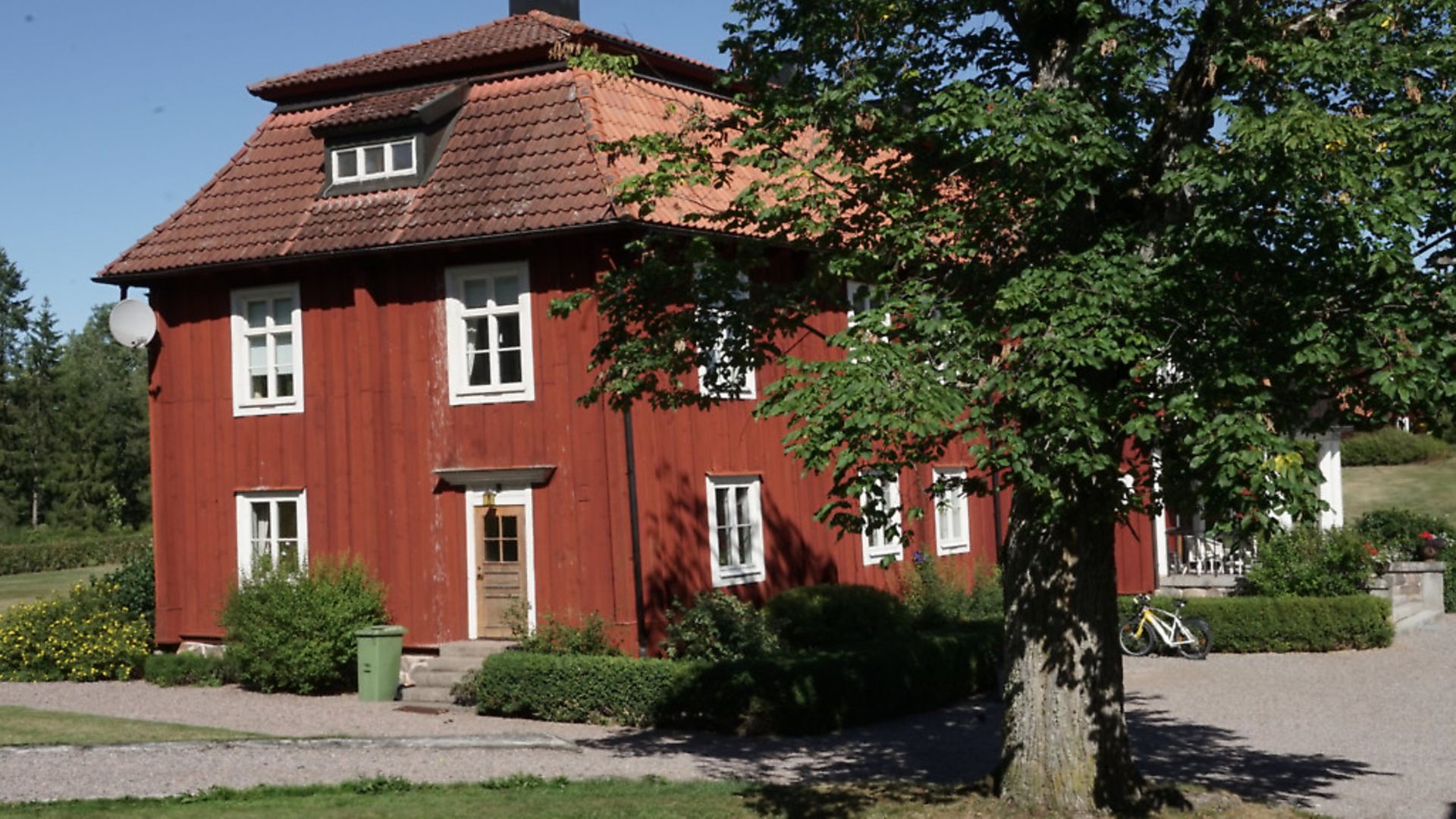 credit: Archant
credit: Archant
Fortunately, the boar takes a quick look at us, spots a gap in the trees and escapes, but it was no more than 15m away! No time for a shot. Well, to be honest, I was not quite ready.
“Hey Tim, you have to be faster! Don’t forget we are now in the ‘angry, nasty, aggressive enclosure’ and anything can happen. This is proper Swedish boar hunting with dogs!”
Welcome to boar hunting in beautiful Sweden, three hours to the south of Stockholm. Another Rucksack and Rifle film for Fieldsports Britain visiting Mamima Jakt, under the careful guidance of Lars Schepler and his son Michael, where they train dogs to hunt moose and boar. This magnificent facility also includes a comprehensive clay pigeon shooting layout, rifle range and 185 hectares of formerly agricultural land, now transformed into lakes supporting over 95 different species of birds with second-to-none duck flighting. This is a serious outfit.
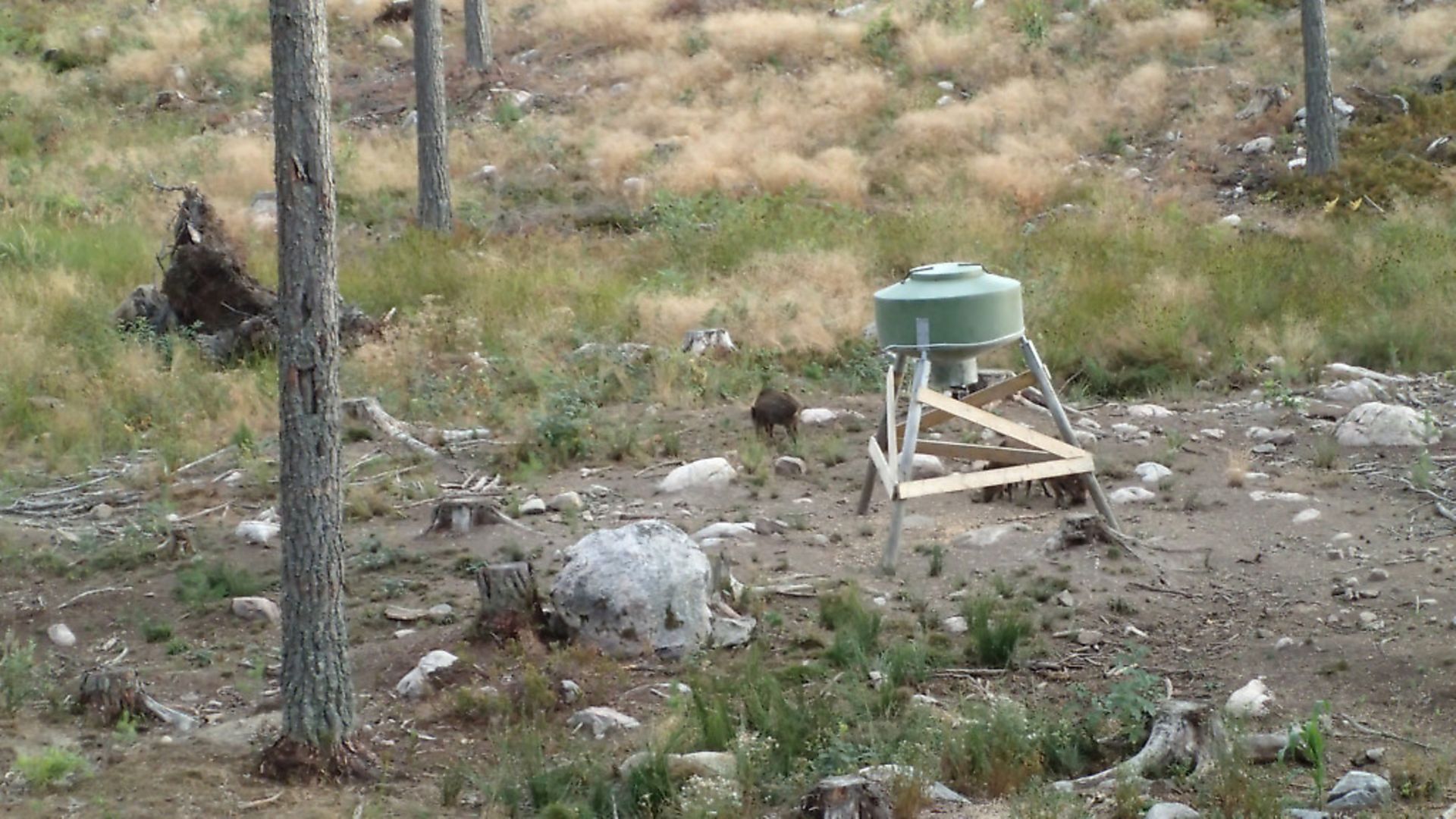 credit: Archant
credit: Archant
In the UK, we are able to train our gundogs by painstakingly introducing them to game, and with careful love, care and hours of training, we will hopefully have an animal we are proud to work with, and one that reflects the years of hard work. Hunting a powerful 200kg tusker, who is more than happy to make use of its five-inch, razor-sharp tusks, can easily destroy a dog’s confidence in one outing, not to mention seriously injure it. This is a very different game. A good hunting dog is a serious investment and it needs to know what it is doing!
A little background studying makes interesting reading (bearing in mind the UK boar population is on the increase) and, as a farmer myself, I would be rather concerned if I was living in Sweden. A few years ago I had a solitary two-year-old boar ploughing up my fields, and all I can say is that it did not last very long! In the 1800s, wild boar were nearly hunted to extinction in Sweden, and for 200 years the country was more or less boar-free with the exception of a few in captivity. In the late 1970s, a few escaped from enclosures with 300 being recorded around Stockholm as ‘free living’.
Fast forward 30 years and there is now an estimated 150,000–200,000 wild boar in Sweden, with most concentrated in the warmer middle and southern areas of the country. Healthy boar populations can double every 2.7 years without any form of control, and I understand that, despite 90,000 being hunted every year, the population could still double every five years! You do the maths.
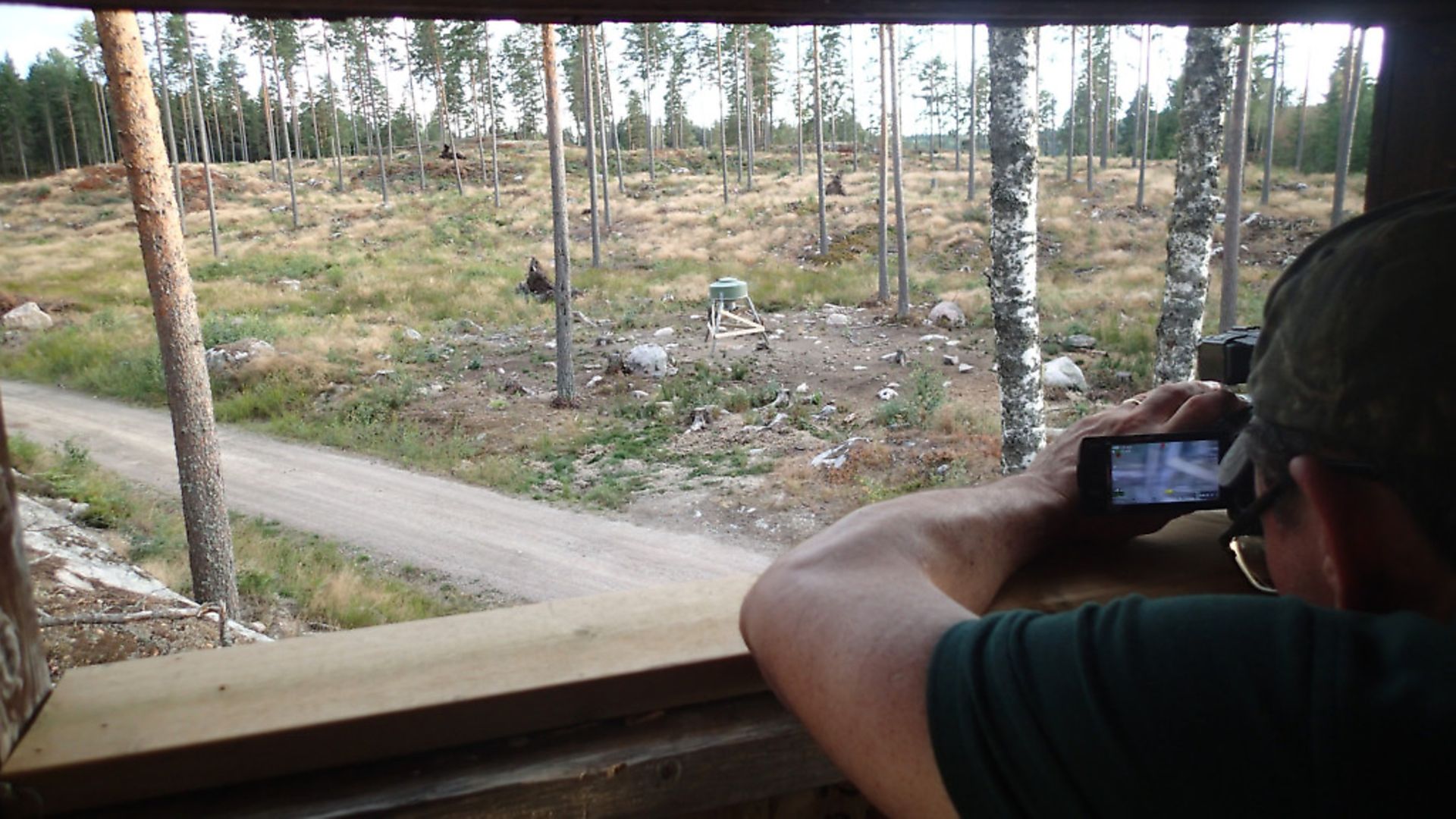 credit: Archant
credit: Archant
Some would argue that the noticeable increase in fauna and flora, due to the boar extensively ploughing up the ground, is a positive benefit to the Swedish ecosystem, but the effect it has on the farmers, the increase in road-traffic accidents, and the problem of boar encroaching on towns also need to be considered. This has transformed the hunting market in Sweden, and hunting with dogs is becoming a more accepted way to control the boar. Recent surveys state that 60% are culled by ‘still hunting’ (high seats, etc), 18% by driven or walking hunts with dogs, and a further 16% culled for crop protection.
In Sweden, there are two different types of dog used for hunting, depending upon the type of hunt. If you are walking, the dog is normally allowed to run free. When it finds a moose or boar it will follow it and, when the animal stops, it will stay close and bark loudly to draw the hunter in. Nowadays, the hunter will have a GPS that will give him the exact location of the dog, indicating whether it is running or standing still. These dogs are normally jämthunds, grahunds, karelsks, björnhunds or laikas. If you are on a driven hunt, the shooter will be static, and the dogs will push or drive the game towards the Guns. For this, wachtels, kopoys, terriers, posovski gonskis, spaniels or nivenje are some of the more popular breeds. During our visit, we experienced how the dogs are trained to track and hold boar, hopefully without getting injured. They normally need to be over 14 months old before facing such an aggressive beast.
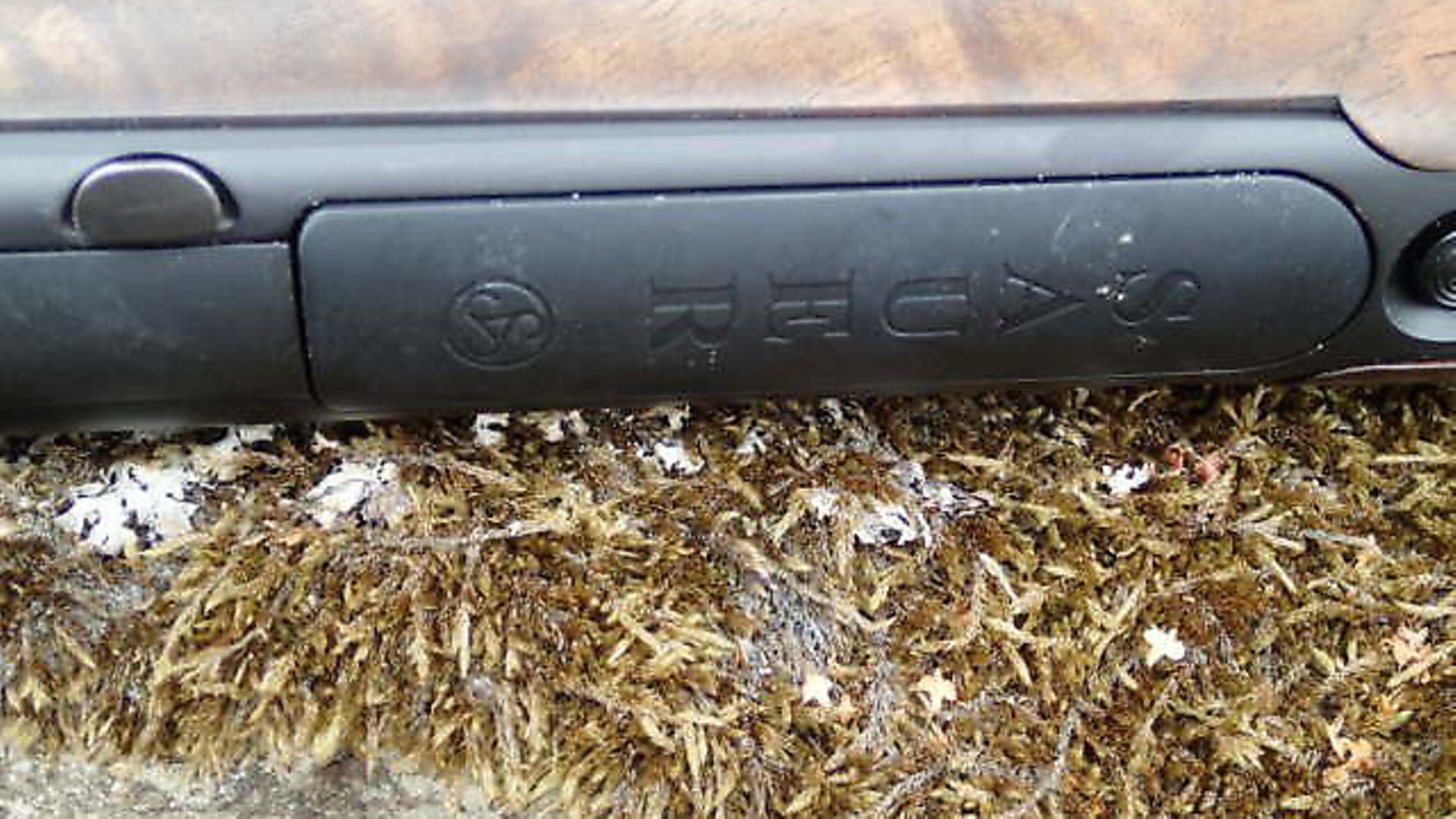 credit: Archant
credit: Archant
When one visits Mamima Jakt, Lars and his team of experienced trainers and hunters assess both the dog and its owner – don’t forget, it is not just the dog that could be injured, and the owner has a responsibility to make sure the dog and themselves are not unnecessarily put into dangerous situations. A trainee dog will start in the Level 1 pen with a tame pig, one that will happily stand still with little interest in a dog whatsoever – they wallow in the mud, and nothing will move them! The trainers will keep the dog on the lead and move it around the docile beast, enough for it to become familiar with the smell, noise and size of the boar. Level 2 and the dog begins on a lead, but once he gains a little more confidence, he goes solo, gently chasing the boar. While these boar are not really aggressive, they will happily run for a short time and then hide up, allowing the dogs to communicate with the owner through barking. The dog is also trained to back off every 30 seconds, allowing the hunter the chance for a shot if the opportunity presents itself. Level 3 is where life becomes much more interesting for both parties involved. These boar are seasoned campaigners. They take no prisoners. They are scrappers who do not back away from anything and see these trainees as fair game. By this time the dogs are furnished with a Kevlar jacket protecting their rump and flanks, not forgetting the GPS, giving the owner the chance to understand how to use it to its best. It is imperative that the dog returns immediately when called if, for instance, the handler thinks there is a massive tusker in the area and he feels his dog is not experienced or strong enough to handle it. A veteran dog will walk away from a boar if it thinks it is too aggressive. Level 4, or the ‘angry enclosure’ as Lars calls it, is where the boar are introduced directly from the wild, allowing the hunter to take in his rifle to shoot a beast if he wants to experience the whole package. This gentle progression demonstrates the professionalism, understanding and care of Mamima Jakt, managed by people passionate about the dogs, the hunting and the wildlife management of their native country.
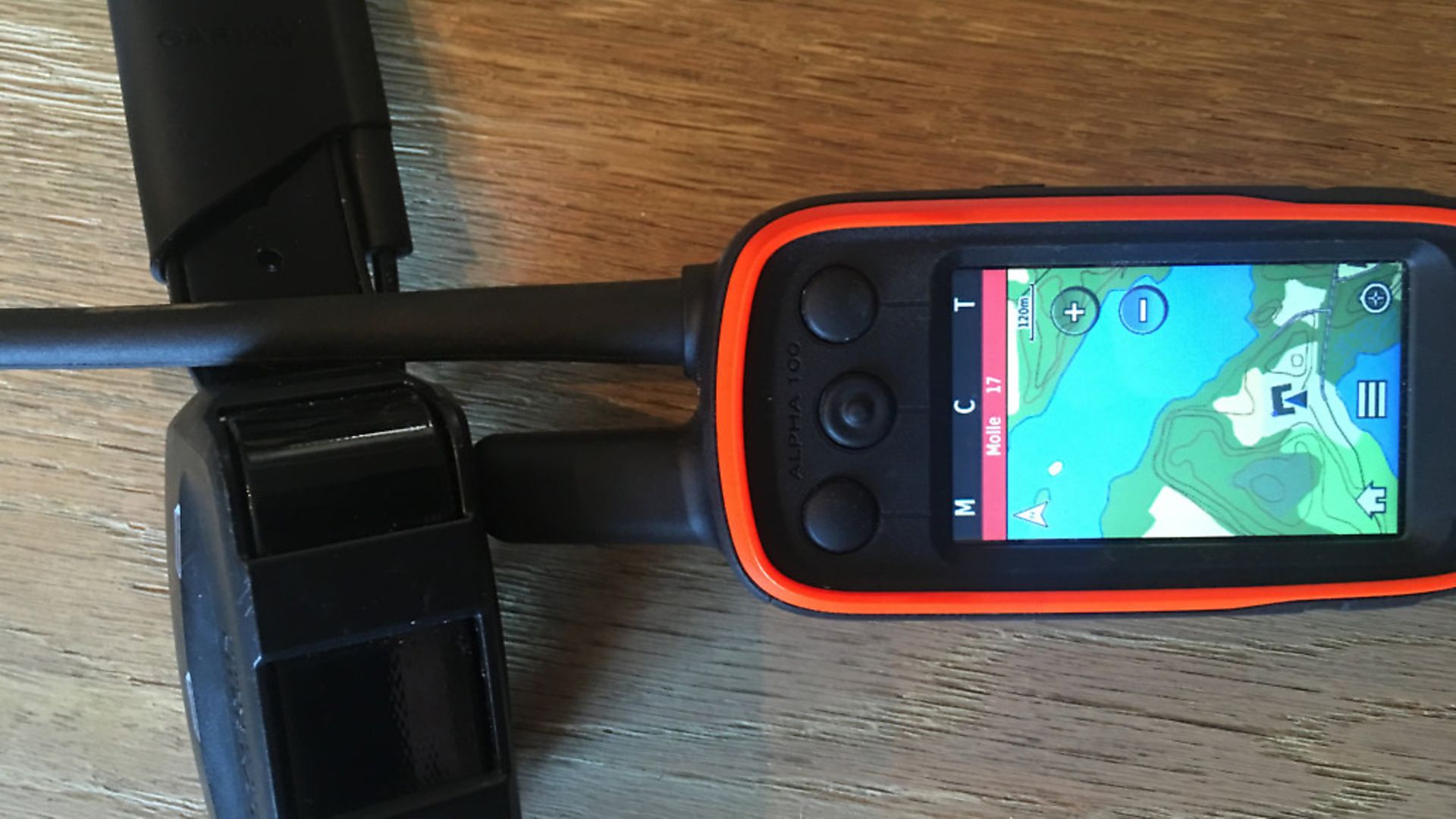 credit: Archant
credit: Archant
Back to the hunt. We wander in the general direction of where the dog headed off, waiting for the telltale bark. For this trip, as Sauer is kindly sponsoring the Rucksack and Rifle series together with Harkila, I am carrying a rifle that is not legal in the UK. It is a Sauer 303 Classic, semi-automatic rifle in a robust 8x57 calibre. The semi-automatic is becoming a concern for authorities throughout Europe, no thanks to the recent rise in terrorism, so it is restricted in many countries to a maximum two-round capacity magazine, making three in total if another one is loaded in the chamber. Compare this to a bolt-action or straight-pull where there are no restrictions on magazine capacity; three rounds is seen by many as inadequate for fast driven hunts. Perhaps they are faster to shoot, but in the right hands, straight-pulls are just as quick and have the benefit of a larger five- to 10-round capacity. After a day on the range, I can but agree.
As we stand on the top of another outcrop we hear that familiar yelping noise, only to see our brave dog being chased down the opposite hill by a boar.
“She’s found another one. As you can hear, she is making a noise like a screaming girl!” Lars whispers with a smile. “We will stay here to see where they go, as they may end up behind us.”
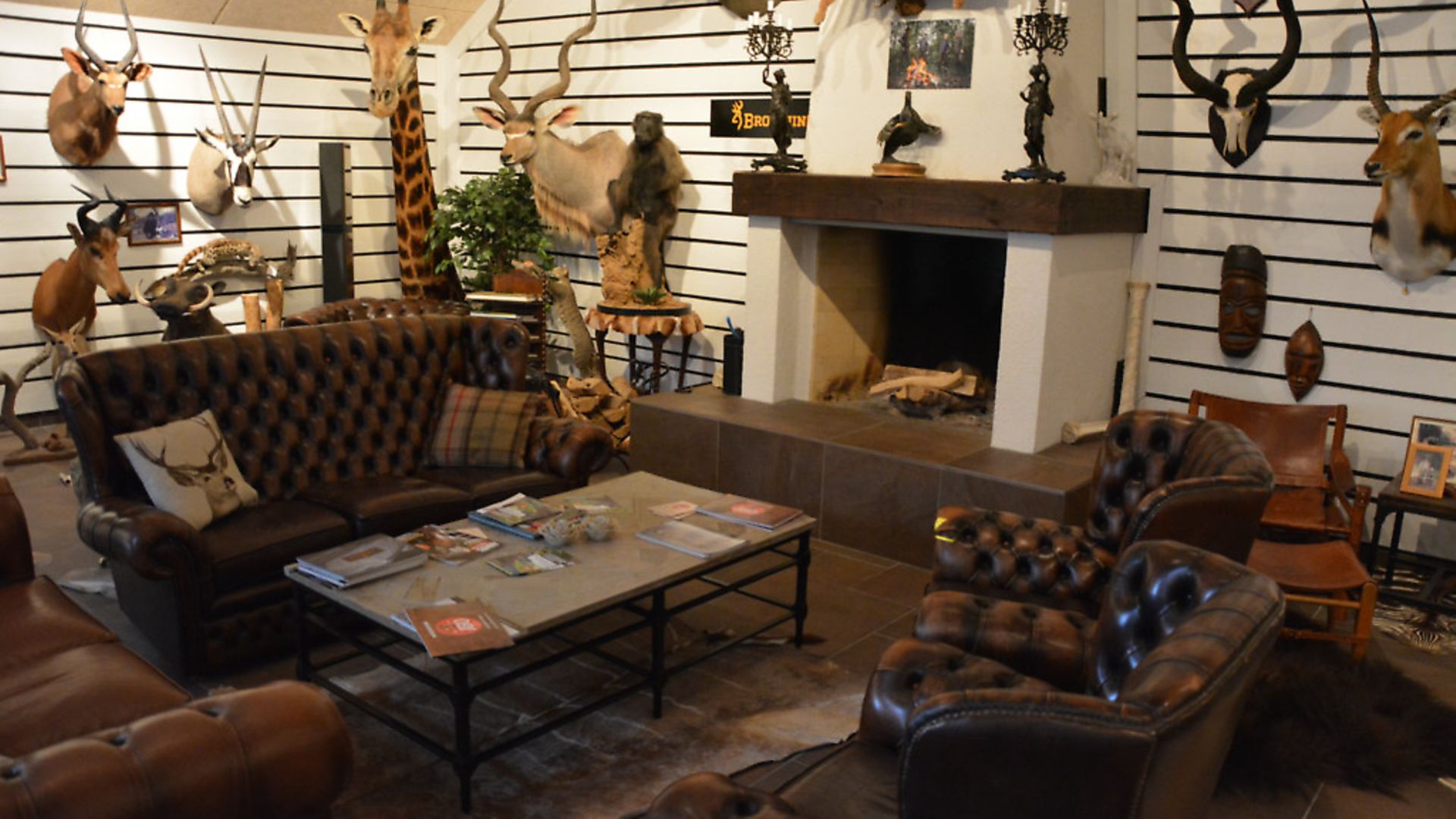 credit: Archant
credit: Archant
Sure enough the silence is interrupted with that familiar barking sound, some 300 yards to our rear, which is an open area covered in small trees and low, green vegetation. As we approach, we can see Molle running around a dense area of brambles and bracken. She stands and barks for a while, and then moves away before returning. I can see she is doing exactly what is required. As we are not able to walk any closer than 70m due to the ground dropping away from us, severely limiting a safe shot, we have to wait it out, hoping the boar will become a little agitated and eventually charge the dog, exposing it for a safe shot.
Lars moves to our far left, allowing his scent to carry towards the bushes. Once again, the monotone bark is replaced by a high-pitched yelp, but all I can see are bushes and undergrowth shaking vigorously before two boar come bounding out towards us in close pursuit of Molle. This is a classic boar hunt. I raise my rifle but lose sight of them as they run behind the bushes. I see them again, finger on the trigger, but the dog is still too close. She runs away in another direction, but the boar head across in front of me. I have a window of 50m before they disappear back into the forest, and despite being sporadically unsighted, I follow through with the reticle of the Zeiss scope. An 8x57 at 50m is quite devastating, but only if the shot is in the right place on this tough animal. I remember Lars explaining to me that the only way to stop a boar is a shot to the neck and shoulder area. Apparently, you must aim forwards, as anything slightly further back and this beast will keep running, with a high chance of not being found. I squeeze the trigger with the red dot at the centre of the reticle placed on the side of the boar’s head. Down it goes as its mate scurries off to our left with gusto. The shot looks and feels perfect, with little or no sign of movement from the beast as it lies on the ground. Wow, it all happened so quickly, but most importantly, there was no injury to our dog from the boar, nor from my bullet!
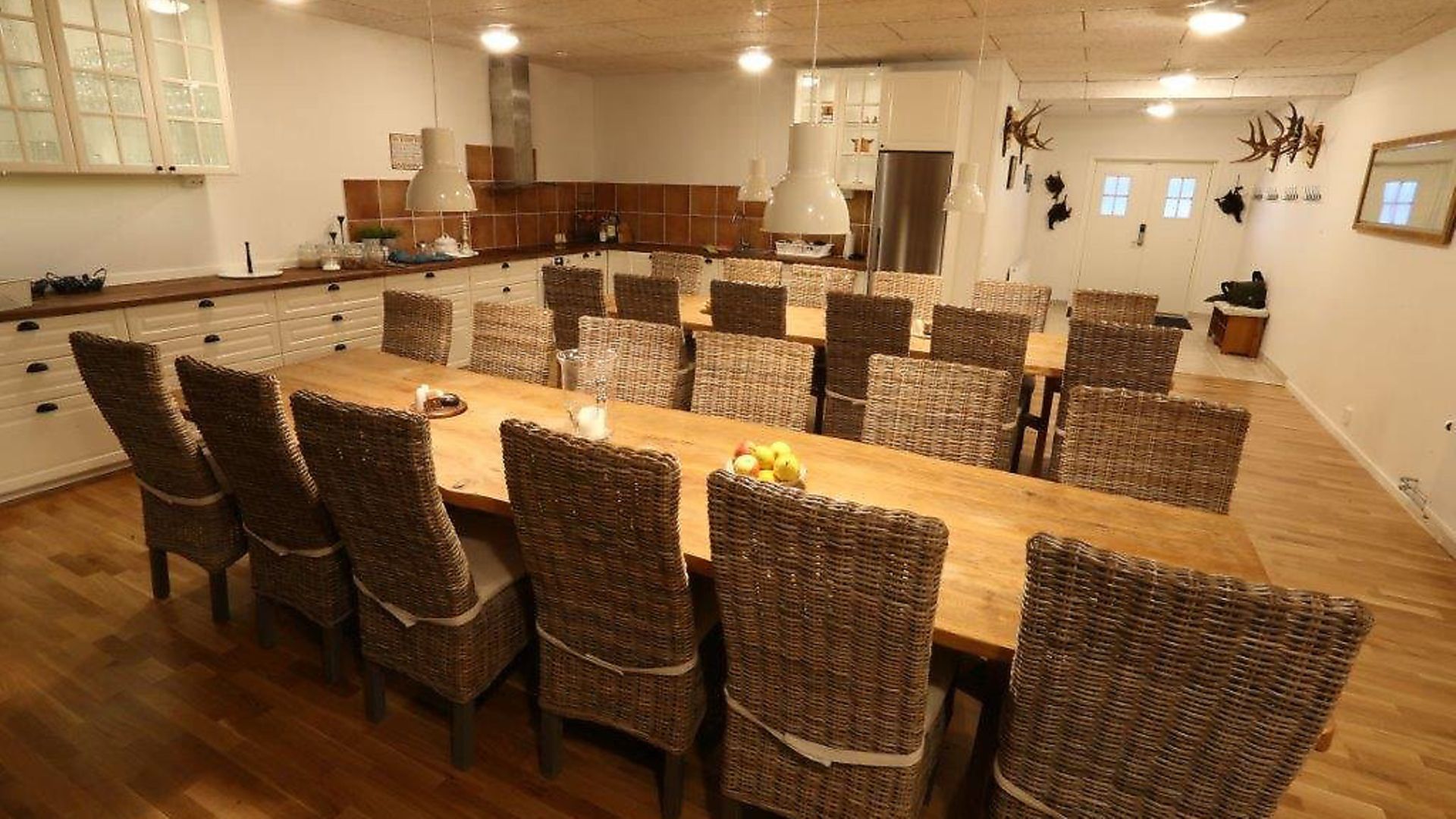 credit: Archant
credit: Archant
On closer inspection, the ‘angry’ male boar is about 18-20 months old with a weight of 80kg. I am fascinated by these animals but, at the same time, a hint of sadness comes over me as I pay my respects. Maybe it is something about their robust stature, and the bulldozer-like snout that ploughs through the undergrowth and soil, rooting for food, or maybe it is the thick, dark, wiry hair tinged with light brown and silver, that gives it a primeval look. To see and hear them running in your direction on a driven hunt is probably the most exciting hunting I have been exposed to.
On another occasion, a visit to the open forest produced an eight-month juvenile. Despite a perfect shot just behind the front legs, this youngster still ran off for 50m. This time we were ‘still hunting’. The high seat was fully enclosed with a rear access door and wide, narrow windows that swung inwards to allow a shot to be taken. Eighty yards away was a feed station full of maize, barley and food supplements, which is automatically controlled by an iPhone app. It is activated for 30 seconds, two to three times a day, maybe early in the morning and at last light, allowing hunters to keep on top of these prolific breeders. In Sweden, since it is illegal to shoot most game at night with mobile spotlights, static or fixed lights are allowed. On these feeders a string of neon lights allow the hunter to gain a better view of the quarry. Another outing on badgers was equally exciting, but that’s another story for another time.
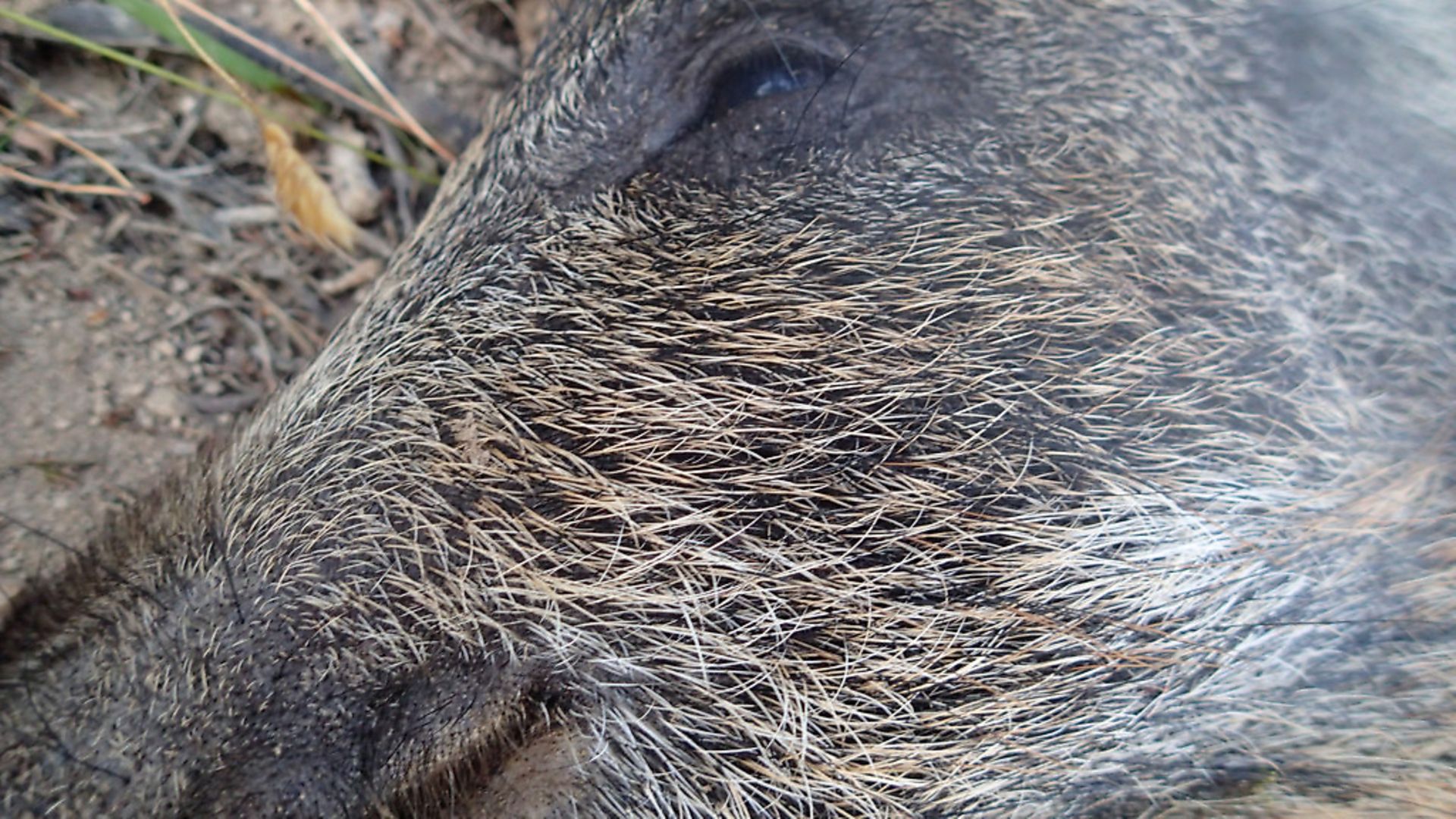 credit: Archant
credit: Archant
I was very impressed with the 303. It was very comfortable to shoot, helped by the soft recoil, which was a real bonus when we were practising on the range the previous day. To be honest, it is not very often I shoot a semi-auto centrefire, but I soon forgot about the reloading, treating it like a normal rifle. As you can see from the photographs, the stock is made from a superior grade of walnut. I really enjoy shooting the traditional Monte Carlo-style stock and raised cheekpiece, beautifully sculpted to fit the traditional hunter who likes to shoot standing or from sticks. From a purely practical point of view, synthetic materials are hard to beat, but the quality and craftsmanship of these high-end walnut European hunting rifles does make them so attractive.
If you are interested in this beautiful part of southern Sweden, maybe mixing a little hunting with a holiday, the boar, fallow, roe and bird shooting is second to none. Mamima Jakt has recently built a hotel on site, allowing visitors to make best use of its comprehensive activities, and not forgetting the stunning game room that will take your breath away. Thank you Lars and Michael Schepler for looking after us so warmly, and thank you to Sauer, Harkila and Zeiss for the support.
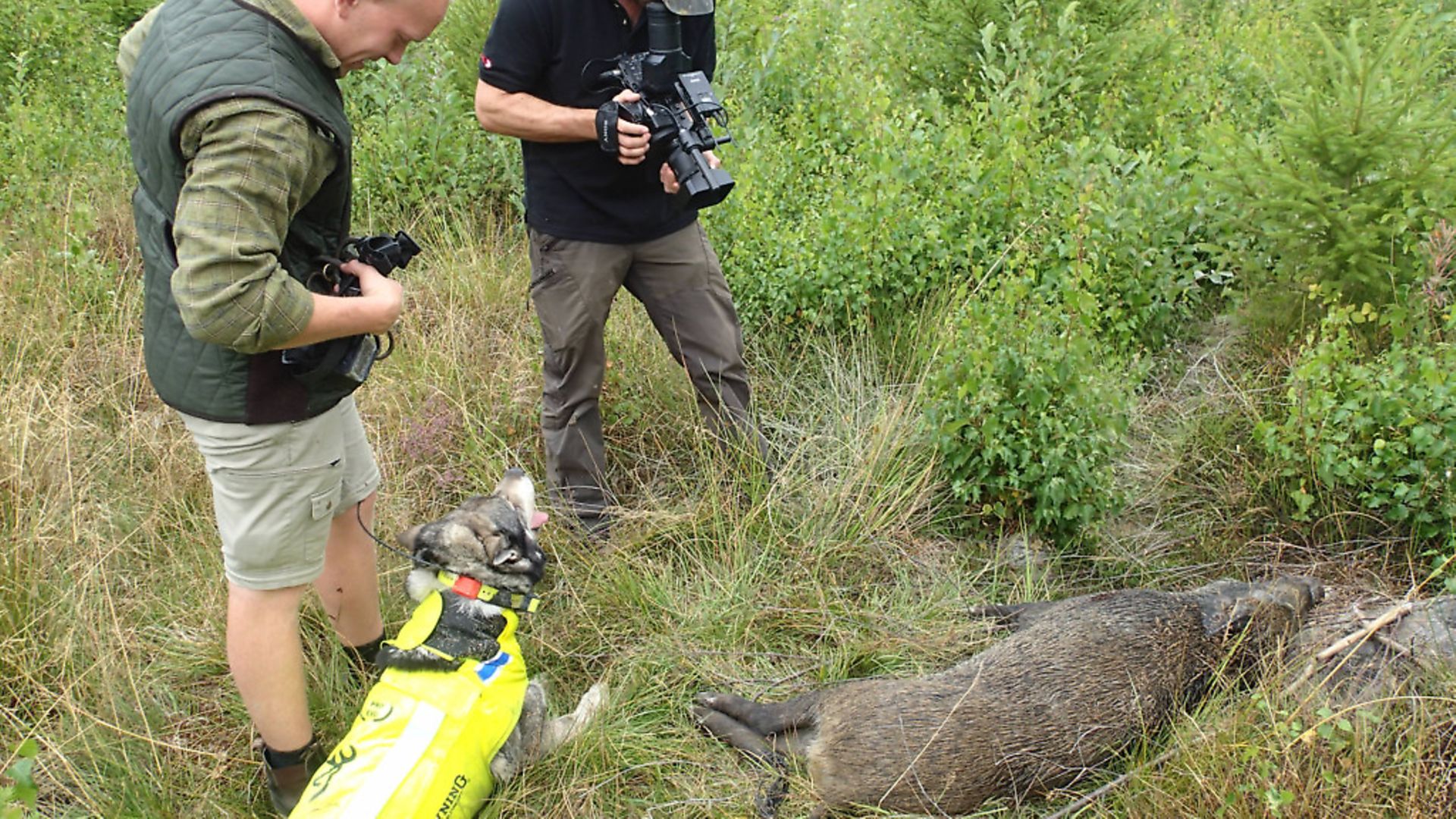 credit: Archant
credit: Archant
Sauer 303 overview
The Sauer 303 is a gas operated system that reduces recoil by up to 30%. This is a real advantage for the heavier calibres, making the rifle more stable between shots. It is a take down modular system, the stock being easily removed with the help of a long Allen screw to the rear, allowing access to a wide selection of stocks tailored to the hunter and supplied with a smart attaché case.
Similar to many European rifles, the safety or cocking lever is located to the upper rear of the action, and similarly to most, it is stiff in operation. Push forward to fire, and to release apply a little pressure and it will return to the rear. One of the main concepts of a manual cocking system is to allow a round to be stored in the chamber in complete safety, by locking or isolating the fire pin. Further to this, Sauer’s ‘Intra-lock’ system only allows the firing pin to activate when the bolt is fully forward, in the closed position.
To fully load the rifle, pull back the bolt and it will lock in the rearward position. Slide a round in the chamber and, to release the bolt, push the small lever positioned to the right of the magazine and it will drive itself forward, comparable to a semi automatic shotgun. Slide in the flush fitting two-shot magazine and it is ready to go. To remove, press the hidden button to the front of the assembly.
The trigger assembly and receiver are both made from aircraft grade hard anodized aluminium, making it light and portable. Another practical feature is that all the metal work is covered in an all-weather ‘Nitrobond X’ coating, protecting it from rust and scratches and making it easy to clean. Semi automatic rifles are not renowned for their accuracy but Sauer’s ‘Smart Tube’ engineering ensures ‘asymmetrical barrel tension’ around the gas operated system, and the rear of the free-floated barrel assembly. Similar to many straight pulls, the six-lugged rotary bolt-head locks directly into the barrel. The trigger pressure was not specifically tested, but felt like a sensible and safe 3lbs, beautifully crisp in operation and ideal for static and driven shooting. A lighter Black Magic 2.1lbs trigger is also available at extra cost. The 303 is available in six models, offering standard and deluxe wooden furniture and a variety of synthetic and thumbhole alternatives.
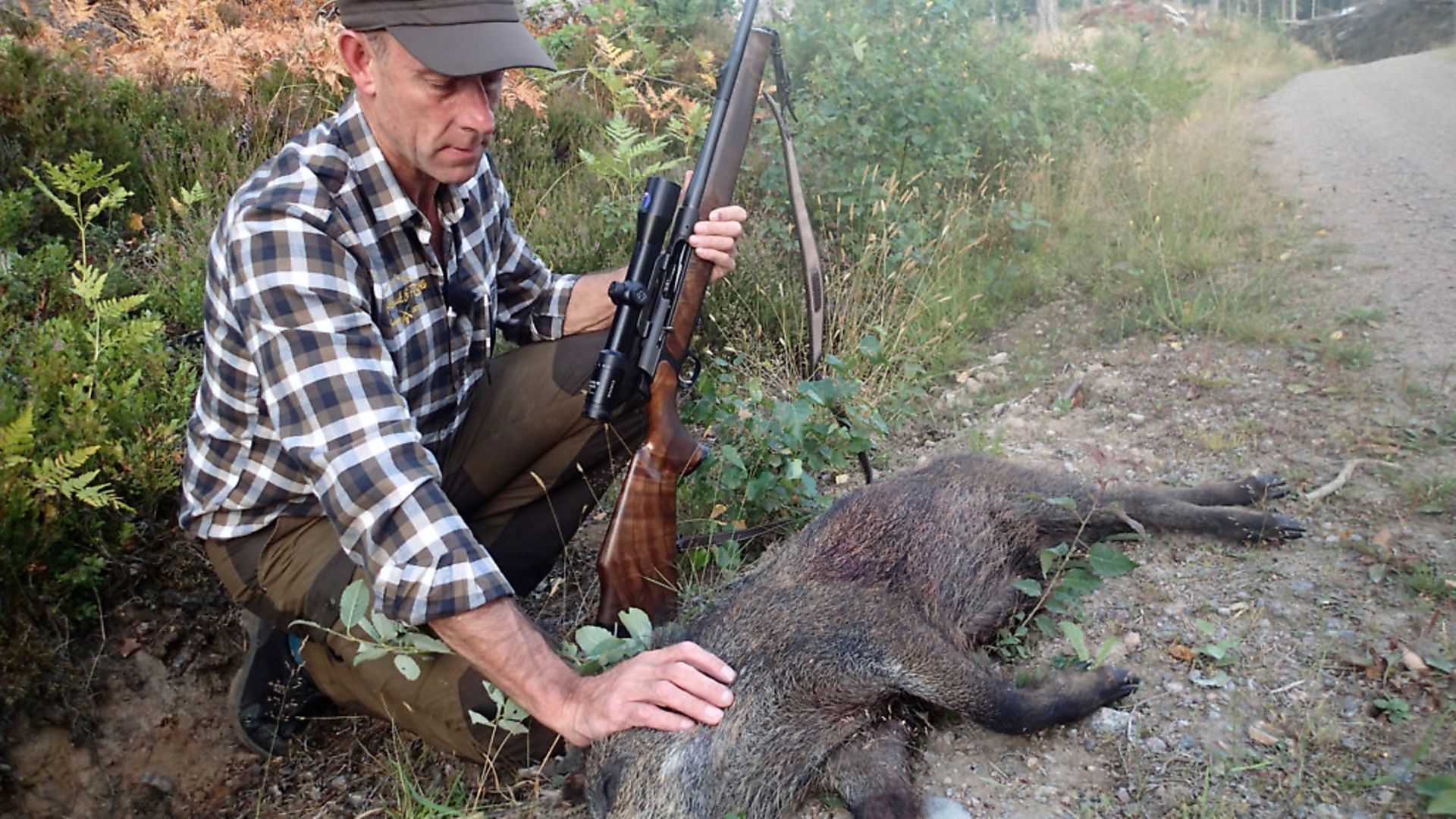 credit: Archant
credit: Archant
TECH SPECS
Sauer: 303 Semi Automatic
Weight: 7.2lbs (3,25Kg)
Length: 42.5” – 44”
Calibre choice: 308, 7x64, 30 06, 8x57, 9.3x62, 300win mag, 338 Win Mag,
Barrel length: 20-22” (51- 56cm)
Models available: Classic, Elegance, GTI, Hybrid, Classic XT, Forest XT
 credit: Archant
credit: Archant
The quality Sauer detachable Mounts ensure quick removal of the optics, and the high contrast open sights allow the rifle to be used in close follow-up situations, such as wounded animals. This rifle can be used for all aspects of hunting, from driven boar to stalking – a genuine all-rounder.
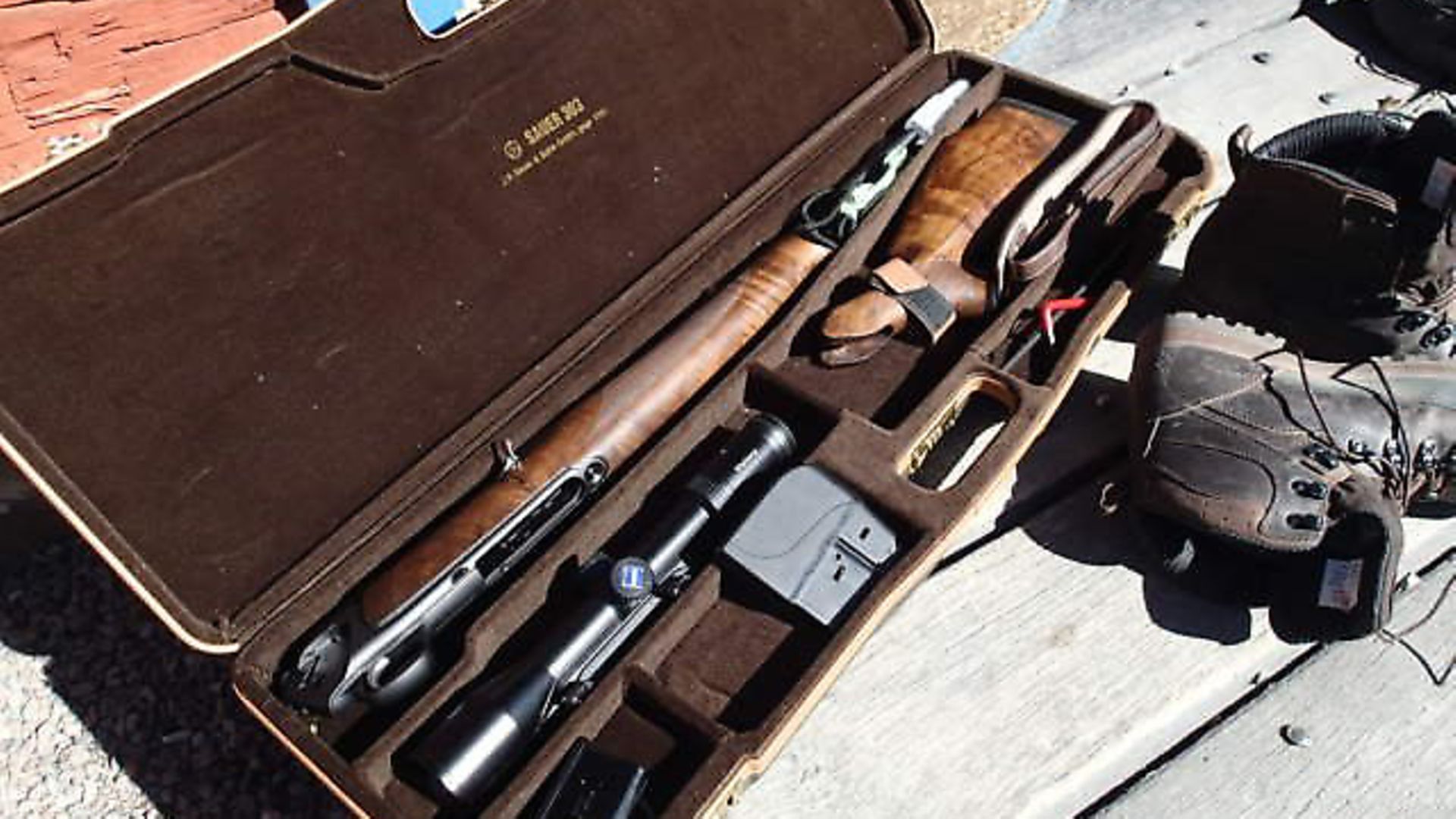 credit: Archant
credit: Archant